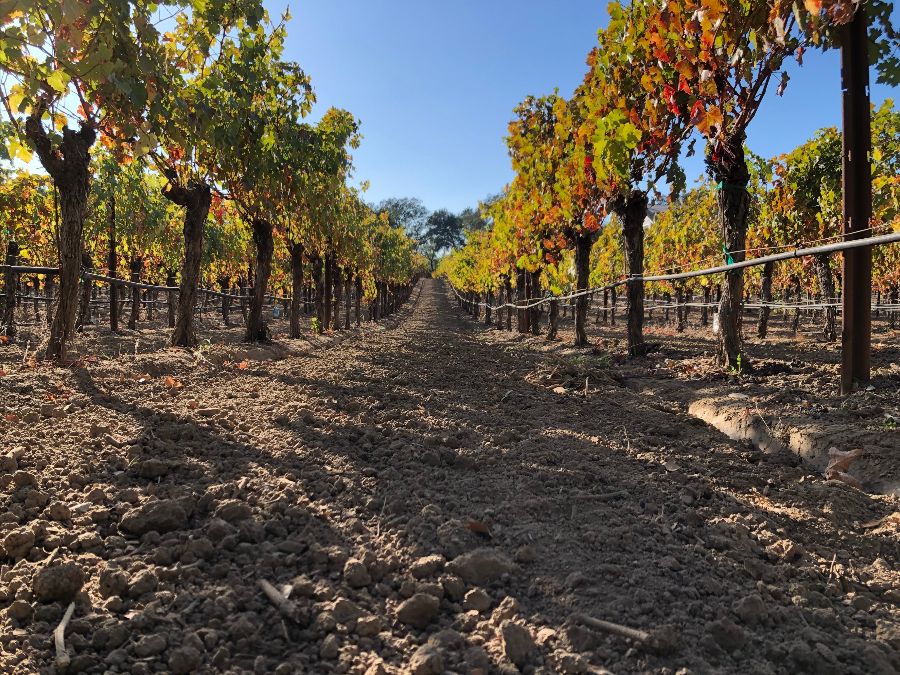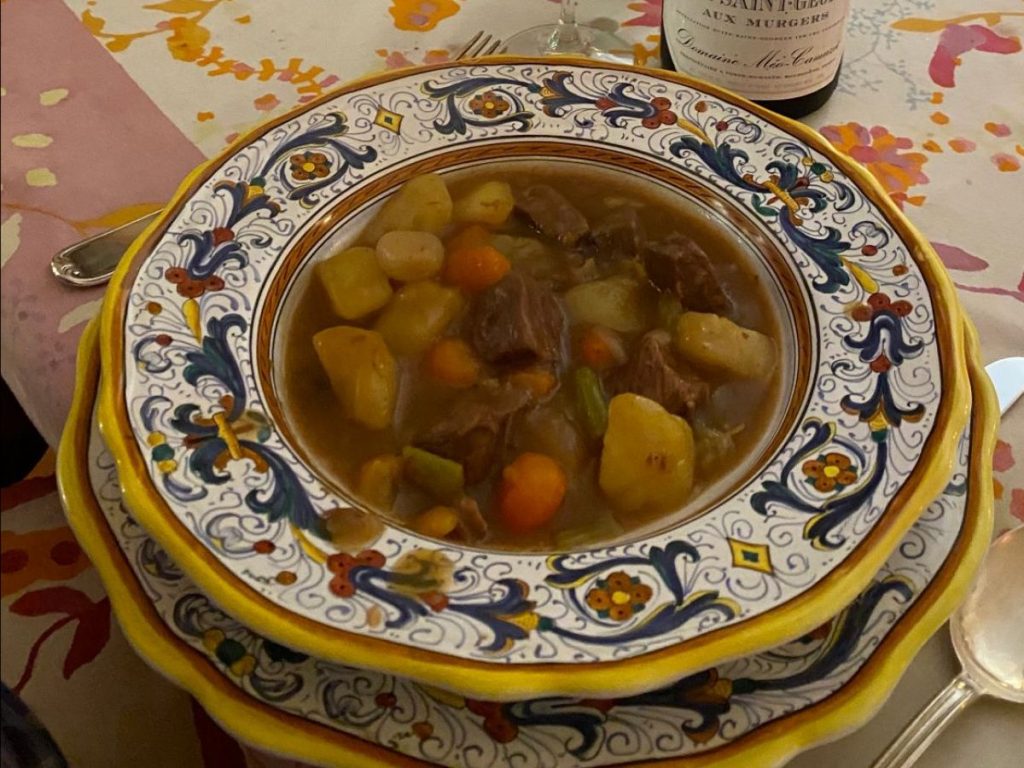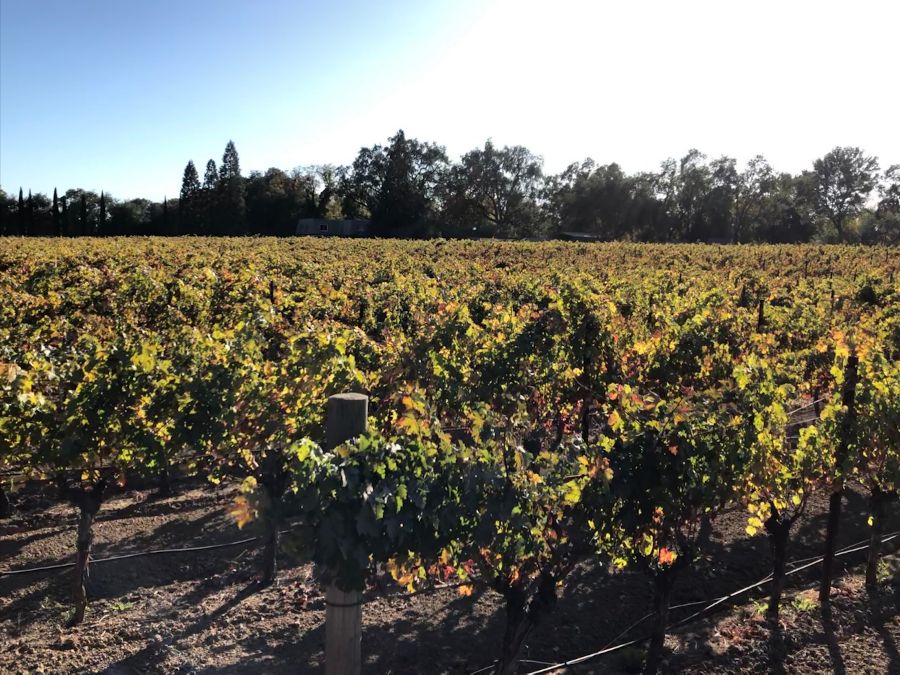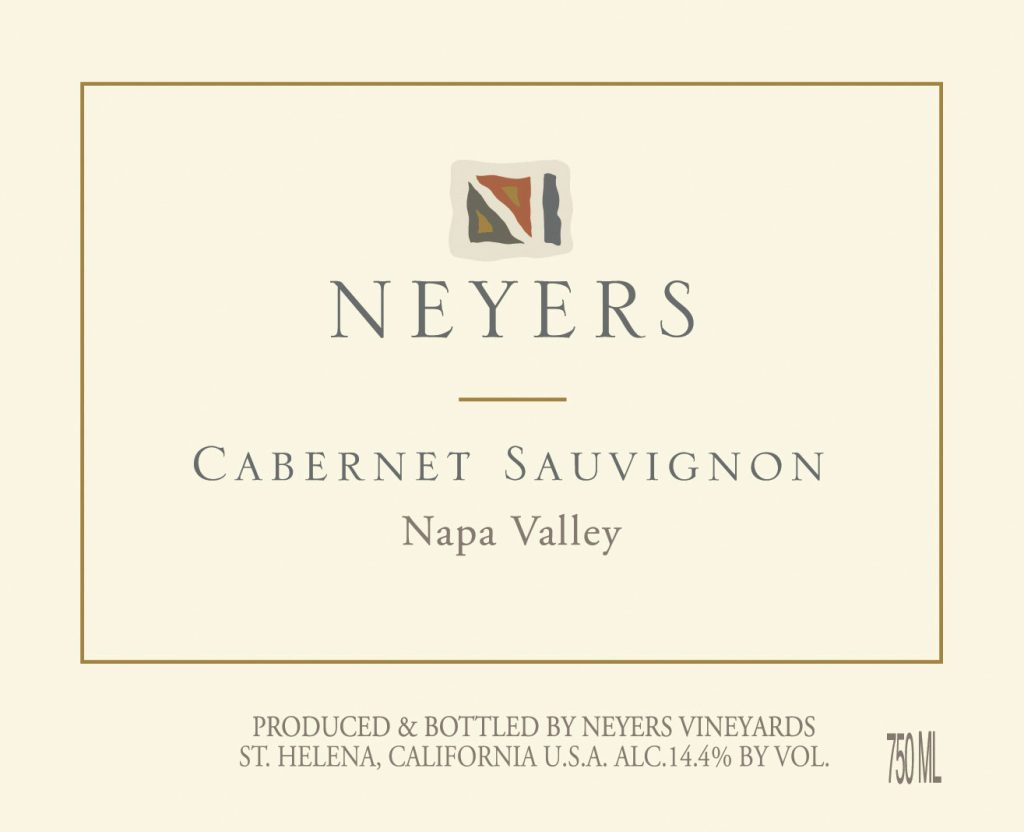Neyers Vineyards Bruce's Journal
Our 2018 Napa Valley Cabernet Sauvignon
By Bruce Neyers
Thursday 23rd February, 2023
One of the most valuable lessons I’ve learned in my career, is the extent to which we see variations in wines made from grapes grown in different parts of the Napa Valley. Grapes from the higher elevations in the western hills, for example, have a set of characteristics unique to them. Grapes grown in the deep, alluvial soil of Rutherford, on the other hand, have their own singular traits. Soon after Barbara and I moved here in January 1972, we joined a wine tasting group made up of people working in the wine industry. Collectively, we represented a dozen different wineries, and our regular Tuesday evening tastings were most interesting when we examined wines that were made from the same grape variety grown in different parts of the Valley. Winemaking practices always came in second to regional characteristics, it seemed.
With this in mind, a few years ago Tadeo and I went to visit a potential new Cabernet Sauvignon vineyard that was brought to our attention by a colleague at Trinchero Family Estates. We were interested in broadening our Cabernet Sauvignon offerings, and a small block of fruit from this Oak Knoll District vineyard was available. I had enjoyed a wine we made from grapes grown in this same region in 1975 when I worked for Joe Phelps, and much about the area appealed to me. I liked the soft, agreeable fruit in that earlier wine, as well as the absence of any harshness in the flavors. There was a lush richness I found attractive. I cellared some of the original wine, and found it especially charming after a few years of bottle age. The vines in this parcel are only a stone’s throw from the Napa River. The soil is deep and loamy here, with an underlying bed of gravel.
The 2018 Cabernet Sauvignon we made from these grapes was favorably reviewed by James Molesworth in a recent issue of The Wine Spectator:
2018 Cabernet Sauvignon ‘Napa Valley’
“Direct and frankly ripe, with boysenberry and mulberry pâte de fruit notes bursting forth, laced with singed apple wood and licorice notes along the way. Ends with a juicy, bramble-tinged finish. Drink now through 2028. 1,704 cases made.” – J.M. Score: 91 POINTS
It’s colder in this southern part of the Napa Valley, so the grapes have more hangtime. In 2018 we harvested these grapes on October 21, ten days later than the fruit on the Neyers Ranch in Conn Valley, only a few miles away. Tadeo fermented the grapes for forty days with native, wild yeast, then drained and pressed the tank before pumping the new wine into a combination of new and used 60-gallon French oak barrels. The wine was aged for 18 months in barrel, then bottled in May 2020 without fining or filtration.
The 2018 vintage is already beginning to show off, and some are calling it the most important Napa Valley vintage in twenty years. It may be, and it’s certainly a good one. Many wine lovers are looking forward to it. The first bottlings of Cabernet Sauvignon that have made their way into the market are attracting their fair share of attention. This Napa Valley bottling from Neyers Vineyards will no doubt be an important wine for its combination of youthful charm, and aging potential. Keep an eye out for it.
The weather here over the last week or so has turned chilly, so it’s an ideal time of year for Barbara to make one of my favorite meals, her Daube of Beef. It’s always appealing, but even more so on a chilly fall evening when matched with a bottle of stylish Cabernet Sauvignon. I sent out her recipe for it a year or so ago. If you’d like a new copy, let me know, and I’ll send it to you. Thanks.






